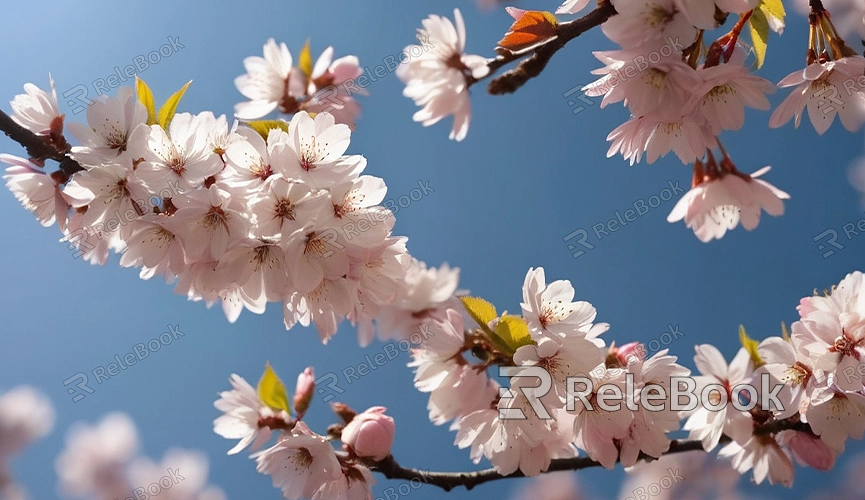Can Render in Viewport but Not Blender
When working on 3D creations in Blender, many users encounter the issue where the rendering effect can be previewed normally in the viewport, but the actual rendering of the image cannot be completed. This situation is not only frustrating but also affects work progress. This article will explore the possible causes of this problem and their solutions in detail, helping you to successfully complete the rendering task.
Common Issues and Solutions
1. Incorrect Rendering Settings
Problem Description: Sometimes, we may inadvertently select the wrong output format or set the wrong rendering engine in the rendering settings, preventing the rendering from being completed normally.

Solution:
- Check the rendering engine: Ensure you have selected the correct rendering engine (such as Cycles, Eevee, etc.). You can switch it in the top right corner of the Blender interface.
- Check the output format: In the "Output Properties" panel, make sure you have selected the correct file format (such as PNG, JPEG, etc.) and save path.
- Check the resolution settings: Ensure the set resolution is suitable for your hardware capabilities.
2. Insufficient Computational Resources
Problem Description: Rendering is a process that consumes a lot of computational resources, especially when rendering at high resolutions or using complex materials and lighting settings. Insufficient computational resources can lead to rendering failure.
Solution:
- Reduce resolution: In the "Output Properties" panel, lower the image resolution.
- Decrease the number of samples: In the "Render" panel, reduce the number of rendering samples. For the Cycles renderer, adjustments can be made in the "Sampling" options.
- Optimize the scene: Reduce the number of polygons and lights in the scene, and optimize materials and textures.
3. Insufficient Video Memory
Problem Description: Especially when rendering with a GPU, insufficient video memory is a common cause of rendering failure. Complex scenes and high-resolution textures occupy a large amount of video memory.
Solution:
- Use simplified materials and textures: Reduce the use of high-resolution textures, and lower the texture size to a resolution suitable for rendering.
- Switch to CPU rendering: If video memory is insufficient, consider switching to CPU rendering. In the "Render" panel, select the "Device" option and switch the rendering device to CPU.
4. Software or Driver Issues
Problem Description: Issues with the software itself or graphics card drivers can also lead to rendering failure.
Solution:
- Update Blender: Ensure you are using the latest version of Blender, as developers continuously fix known issues and optimize performance.
- Update graphics card drivers: Make sure your graphics card drivers are up to date, especially for NVIDIA and AMD cards, as driver updates often include optimizations for 3D rendering.
- Check plugins: Disable unnecessary plugins, as some may conflict with the rendering process.
5. Scene Settings Issues
Problem Description: Incorrect settings or incompatible elements in the scene can cause rendering to fail.
Solution:
- Check the scene: Gradually check each element in the scene, including lights, materials, and geometry, to ensure there are no incorrect settings or incompatible elements.
- Reset Blender settings: If you cannot find the specific problem, try resetting all Blender settings. You can select "Load Factory Settings" under the "File" menu.
6. Insufficient Memory
Problem Description: When rendering complex scenes, insufficient system memory can also lead to rendering failure.
Solution:
- Close other programs: Close all unnecessary programs before rendering to free up more system memory.
- Increase virtual memory: Increase virtual memory in system settings to cope with rendering tasks that demand high memory.
The issue of being able to render in the viewport but not being able to output rendered images in Blender may be caused by various factors. By checking rendering settings, optimizing computational resources, updating software and drivers, and carefully checking scene settings, this problem can be effectively resolved. If you need many high-quality 3D textures and HDRIs, or 3D model downloads when creating models and virtual scenes, you can download them from Relebook. After downloading, simply import the textures and 3D models directly into your model for use.

